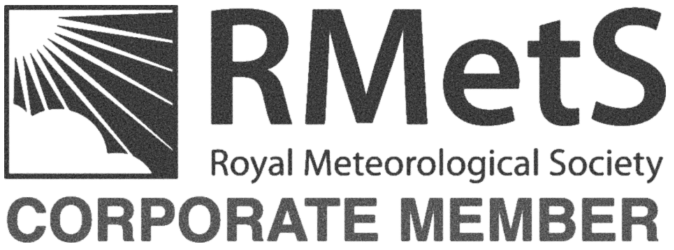How we process satellite imagery so that you can operate with ready-to-use data

Posted on 06 Aug 2018
By: Anton Sonyushkin
Lead Data Science Engineer, OpenWeather.
Alla Vladimirova,
Key Account Manager, OpenWeather.
1. Satellite data search
1.1. Selection of suppliers or distributors of satellite data.
1.2. Data search in archives. Search is based on the following criteria: date of satellite imagery, percentage cloud coverage, type of satellite imagery system, level of data preprocessing, geographical area of interest (AOI).
2. Downloading data from supplier servers.
3. Data processing
3.1. Convert pixel values of satellite images from DN to physical units (ToA).
Typically, the pixel values of satellite images are presented as dimensionless integer units – digital numbers (DN). Their values vary depending on the type of satellite imaging system and the mode of its operation, illumination conditions and imaging geometry, etc., which in turn hinders the joint analysis of data obtained from various systems.
To simplify the subsequent data analysis, we apply a correction to all the satellite images obtained and convert pixel values to the reflectance properties of the Earth’s surface (albedo) measured by a space-based sensor flying higher than the Earth’s atmosphere (top of atmosphere reflectance – ToA). This type of correction is performed considering the illumination conditions and imaging geometry at the time of the scene acquisition.
3.2. Convert satellite images data to a single (unified) cartographic projection and cut into tiles.
Generally, satellite images are displayed using the Universal Transverse Mercator (UTM). In this projection, the globe is divided into zones that are 6 degrees wide by longitude, separately for the Northern and Southern hemispheres. In total, this makes 120 cartographic projections, with different mathematical descriptions and with different coordinate values accordingly.
We use a single projection for the entire territory of the globe – the Cylindrical Projection widely used for building cartographic web services (Web Mercator), which allows working with images in a single system of cartographic coordinates.
As a data storage unit, we use a square segment (tile) with a size of 256 x 256 pixels. The images are cut into tiles according to the standard scheme, which ensures our data is compatible with such popular services as OSM, Google and Bing, and with popular libraries for the development of cartographic web services such as Leaflet and OpenLayers.
3.3. Metadata.
Each tile is accompanied by additional meta information, such as:
- acquisition date
- percentage of the useful area of the image within the limits of the tile
- matrix of image location within the tile (in the case of incomplete coverage of the tile image – in which part of the tile the image is present)
- percentage cloud coverage within the tile
- sun azimuth and elevation angles
- information about the available spectral channels
- satellite name.
Obviously, one of the main conditions for choosing a satellite image is the percentage cloud coverage. This information is usually provided by the data provider, and is relevant to the entire image. It is often difficult to assess whether the object of interest will be closed by cloud or atmospheric haze. Our API users can obtain localised information about the cloud presence within the limits of the tile, which greatly simplifies the subsequent analysis of data.
We store in our database:
Images converted to single units of brightness; a single projection in the form of tiles compatible with popular web services; and metadata of these tiles.
We provide users with the following basic information products:
- A satellite image in the form of a tile service, or an image generated within a specified polygon area, in PNG format. The user can choose a combination of spectral channels and carry out colour correction of the images at their discretion.
- A satellite image with brightness converted to ToA, in a Web Mercator projection in GeoTIFF Uint-16 format, as tiles, or generated within a specified polygon area.
- Popular derived indicators (indices) in the form of a tile service, or a satellite image formed within a given polygon area, in PNG format. The user can choose a combination of spectral channels and perform colour correction of the images at their discretion.
- Popular derived indicators (indices) in the GeoTIFF Float-32 format, in the form of tiles, or formed within a given polygon area.
- Basic statistical information calculated within a given polygon area, from the original image or derived index, in JSON format.
- Information about the value of one of the indicators (weather, soil moisture, UV, etc.) at a point with a specified latitude and longitude.
Using our API, the user saves on:
Equipment + Software + Expert help





